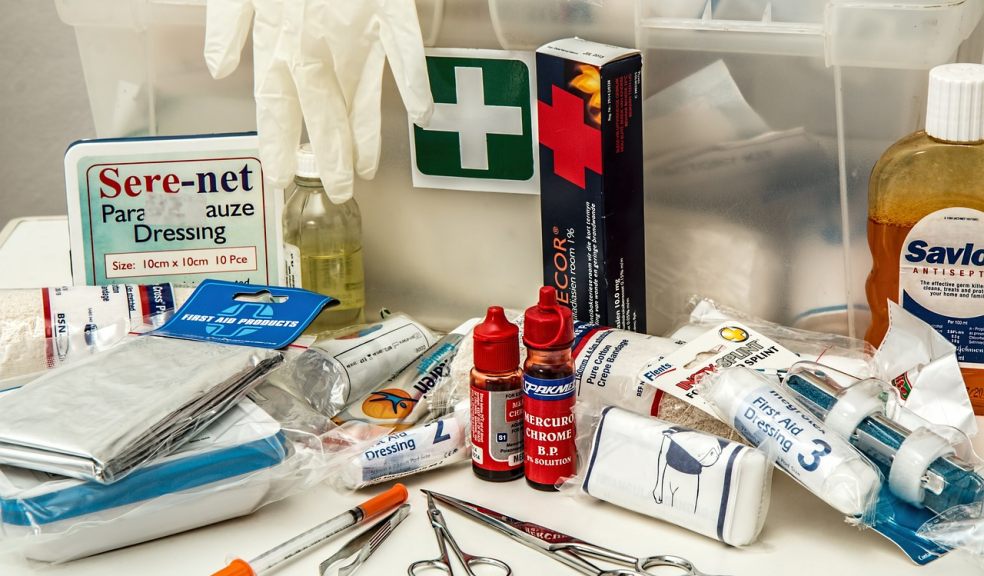
Essential Safety Certifications for 2025: Online PAT Testing and First Aid at Work
Safety standards are always evolving, and so is the way people learn. In 2025, health and safety managers need faster, smarter ways to keep workers trained and sites compliant. Human focus on online courses is becoming the go-to choice for many organisations. They fit around busy schedules, save time and still meet strict industry standards when chosen carefully.
PAT Testing and First Aid are two areas no workplace can afford to overlook. Faulty equipment and slow emergency responses cost lives, money and reputation. This article looks at why these certifications matter, how online learning is changing the game, and what managers should consider when setting up training programmes.
Why Portable Appliance Testing (PAT) Still Matters in 2025
Portable appliances are everywhere, from power tools and extension leads to laptops, heaters and coffee machines. Every one of them can become dangerous if not maintained properly. PAT Testing is about spotting risks early. Cracked casings, frayed wires and loose plugs are small faults that can lead to fires or electric shocks.
The Electricity at Work Regulations 1989 still require employers to ensure electrical equipment is safe to use. It is not about testing everything constantly but taking a sensible, risk-based approach. High-use or high-risk items need more regular checks, while low-use items still require attention but less often. PAT Testing remains a simple, effective way to prevent accidents and meet legal duties.
How Online Learning Is Changing PAT Certification
In the past, PAT Testing training meant losing workers for a full day or more. All human focus on online learning has changed that, making training more flexible and efficient. Online courses let workers learn at their own pace. Early mornings, lunch breaks or evenings can all become training time, without the need for travel or classroom sessions.
Rolling out training across multiple sites or teams has also become easier. Everyone receives consistent content, and updates are simpler to manage. In 2025, online learning is not second best. It is often the quickest and most practical way to build strong, certified skills across a workforce.
Choosing the Right Online PAT Course
Not all PAT Testing courses are the same. The best ones cover more than just how to operate a tester. Good human focus on courses explain why testing matters, how to inspect visually, how to judge when an item needs testing and how to record findings properly to meet legal requirements. Accreditation and up-to-date content are essential.
Choosing the right online PAT Testing course ensures maintenance teams have the confidence to keep sites safe without wasting time. It must deliver practical, real-world knowledge that stands up during inspections and for more information you can Human Focus training PAT testing. In safety training, cutting corners is never worth the risk. Good training starts with picking the right course.
Why First Aid Training Remains Critical for Every Workplace
First aid saves lives. It sounds obvious but can easily be overlooked until something goes wrong. Everyday accidents happen without warning. Falls, cuts, burns, heart attacks or strokes can strike on construction sites, in factories, offices or any workplace.
The Health and Safety (First-Aid) Regulations 1981 require employers to provide the right first aid cover based on a proper risk assessment. Having trained first aiders is not optional; it is essential. First aiders prevent minor injuries becoming serious and buy vital minutes in emergencies. They also give workers confidence that someone is ready to help if needed.
How Online Training Supports First Aid Skills
In 2025, online learning plays an important role in maintaining strong first aid skills. Basic first aid theory, such as recognising symptoms and understanding treatments, can now be covered online. Online training allows workers to fit learning around site demands, cutting the need for large blocks of time away from work.
Some practical skills still need hands-on sessions, including CPR and using a defibrillator. Blended training models solve this by combining online theory with short, practical assessments. It saves time without compromising the quality of learning. Training should not be treated as a last-minute task. It should be built into everyday site life and refreshed regularly.
Best Options for Online First Aid Certification
Good online first aid courses meet HSE guidelines and cover core topics such as CPR, choking, severe bleeding, shock and burns. They also address workplace-specific risks.
Enrolling in an approved online training first aid at Work course gives staff essential knowledge on how to attend to people who need first aid. Trusted providers offer blended options where needed, keeping standards high.
Choosing the cheapest or fastest course may save money today but risks serious consequences later. Safety training must be trusted when it matters most. When it comes to first aid, getting it right is about readiness, not just compliance.
How Health and Safety Managers Can Keep Certifications Organised
Keeping training certifications up to date is essential, even if it feels like a background task. Without good organisation, gaps appear quickly. Setting up a simple system to track expiry dates and schedule refreshers in advance makes a big difference.
Planning refreshers six months before certificates expire avoids last-minute scrambles. Tie PAT Testing and First Aid updates into wider site induction programmes. New starters should meet the safety culture from day one, not just pick up tasks. Using digital systems for reminders and record keeping makes audits easier and shows regulators that safety is a real priority.
Wrapping Up
Safety in 2025 needs flexibility, organisation and smart choices. Online learning offers new ways to build strong, confident teams while keeping sites compliant. Quality still matters. Choosing the right courses and staying organised makes the difference between box-ticking and real safety leadership.
Health and safety managers set the example. Every course, every check and every decision builds towards safer, stronger workplaces. In the end, protecting workers is about more than policies. It is about people. It always has been.

















